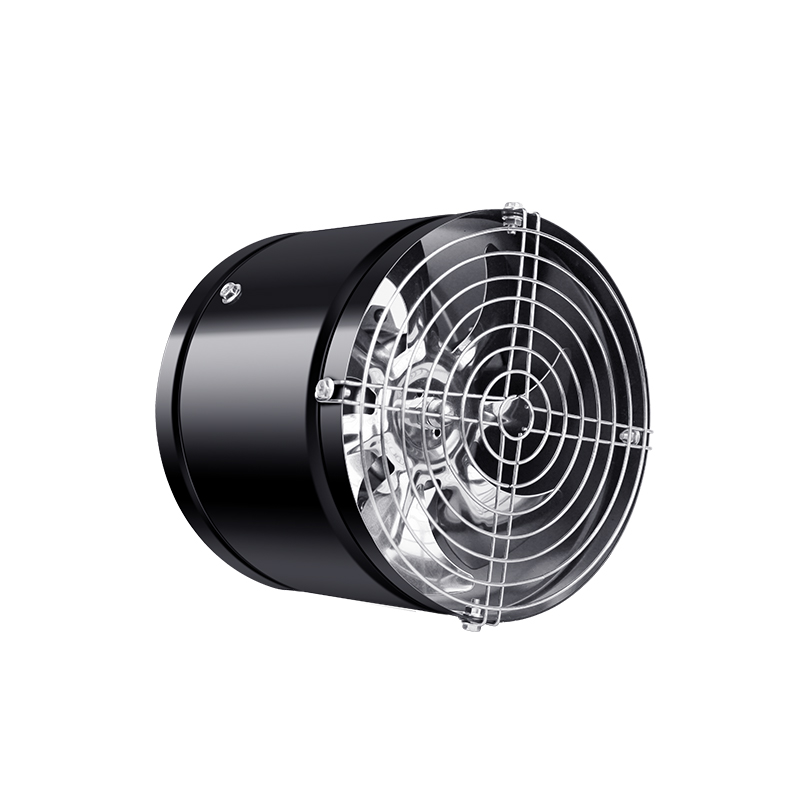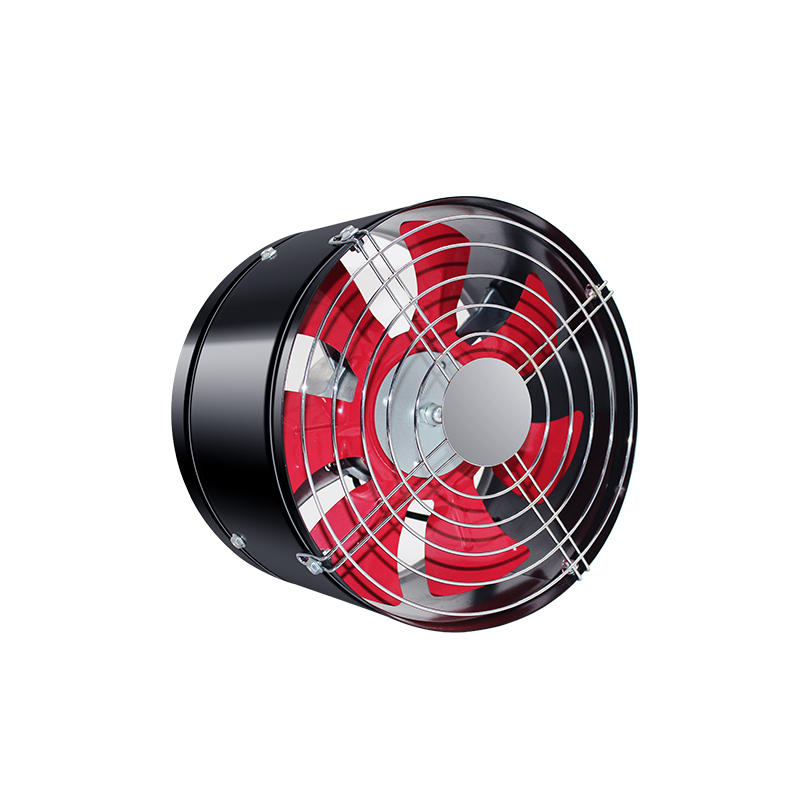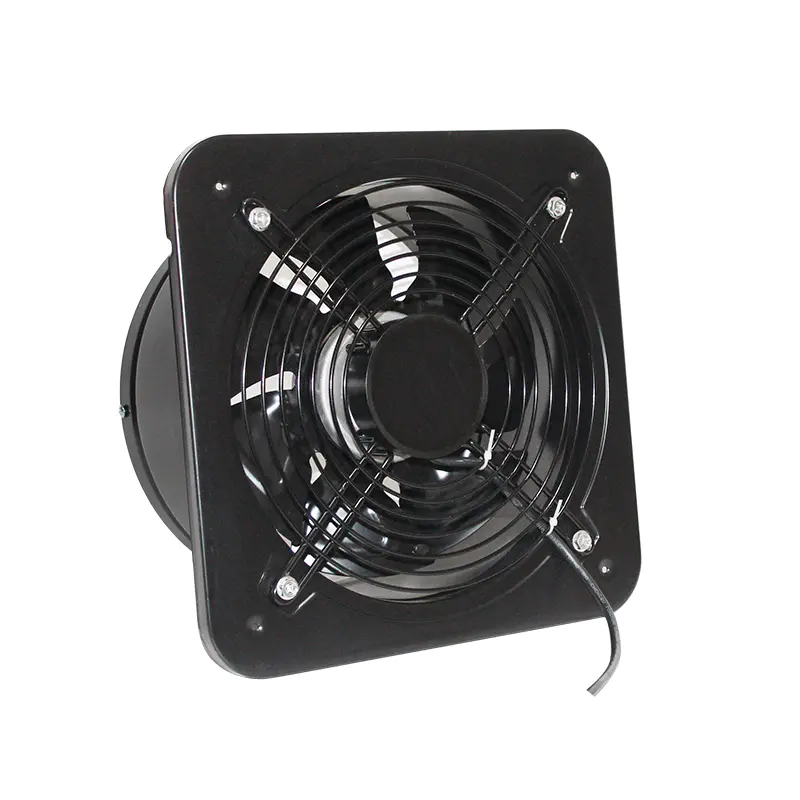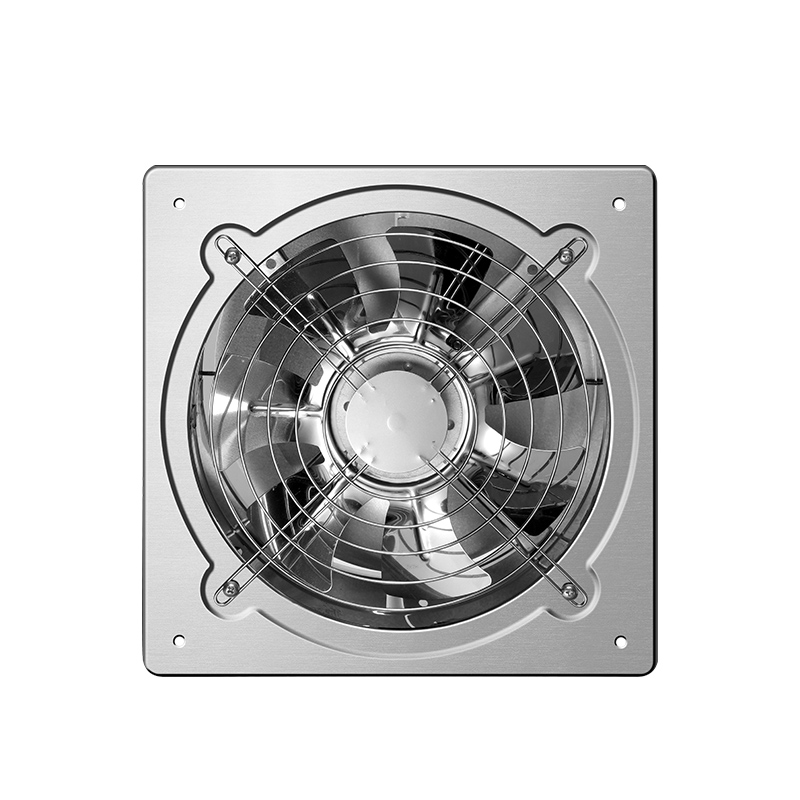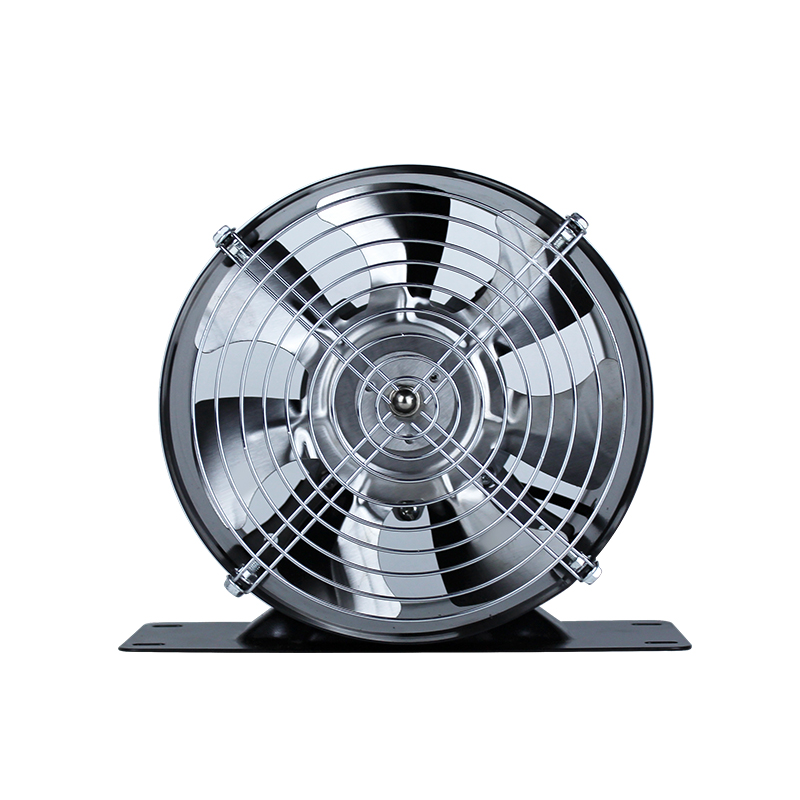News
Axial Flow Ventilation Fans: A Comprehensive Guide to Selection and Applications
- 1 Understanding the Basics of Axial Flow Ventilation Fans
- 2 Best Axial Flow Fans for Industrial Cooling
- 3 Energy Efficient Axial Ventilation Fan Options
- 4 How to Size Axial Flow Exhaust Fans Properly
- 5 Axial Flow Fan vs Centrifugal Fan for Warehouse Ventilation
- 6 Quiet Axial Flow Ventilation Fan Solutions
Understanding the Basics of Axial Flow Ventilation Fans
Axial flow ventilation fans are essential devices designed to move air parallel to the fan's axis, making them highly efficient for applications requiring high airflow rates at relatively low pressures. These fans are widely used in industrial, agricultural, and commercial settings due to their simple design and cost-effectiveness.
Low Noise Ducted Axial Flow Fan, Wall Mounted Axial Flow Circular Industrial Ventilation Exhaust Fan
How Axial Flow Fans Differ from Other Fan Types
Unlike centrifugal fans that redirect airflow perpendicular to the intake, axial fans maintain airflow direction while increasing velocity. This key difference makes them ideal for applications where directional airflow is crucial. The comparison below highlights these differences:
| Feature | Axial Flow Fans | Centrifugal Fans |
|---|---|---|
| Airflow Direction | Parallel to axis | Perpendicular to intake |
| Pressure Capability | Low to medium | Medium to high |
| Energy Efficiency | Higher at high flow rates | Higher at high pressures |
| Noise Level | Generally louder | Generally quieter |
| Application | Ventilation, cooling | HVAC, drying systems |
Best Axial Flow Fans for Industrial Cooling
When selecting axial flow fans for industrial cooling, several factors must be considered to ensure optimal performance and energy efficiency. Industrial applications often demand robust solutions that can operate continuously under challenging conditions.
Key Features for Industrial Applications
- High CFM (Cubic Feet per Minute) ratings for effective heat dissipation
- Corrosion-resistant materials for longevity in harsh environments
- Variable speed controls to adjust airflow as needed
- Thermal protection to prevent motor burnout
- Low vibration design for stable operation
The performance requirements for industrial cooling often exceed those of commercial applications. For instance, while a warehouse might require airflow of 10,000 CFM, a large manufacturing facility could need systems capable of moving 50,000 CFM or more. This substantial difference in scale necessitates careful selection of fan size, power, and configuration.
Energy Efficient Axial Ventilation Fan Options
Modern energy efficient axial ventilation fan options incorporate advanced technologies to reduce power consumption while maintaining performance. Energy efficiency has become a critical factor in fan selection due to rising electricity costs and environmental concerns.
Technologies Enhancing Efficiency
EC Motor Technology
Electronically Commutated (EC) motors offer significant energy savings compared to traditional AC motors, with some models achieving up to 70% reduction in power consumption. These motors also provide better speed control and lower maintenance requirements.
Aerodynamic Blade Designs
Advanced computational fluid dynamics has enabled the development of blade profiles that maximize airflow while minimizing turbulence and energy losses. These optimized designs can improve efficiency by 15-20% compared to conventional blades.
Smart Control Systems
Integration with automation systems allows fans to adjust their speed based on real-time temperature, humidity, or air quality measurements. This dynamic operation prevents unnecessary energy use during periods of lower demand.
How to Size Axial Flow Exhaust Fans Properly
Properly sizing axial flow exhaust fans is crucial for achieving desired ventilation rates without overspending on unnecessary capacity. An undersized fan will fail to meet ventilation requirements, while an oversized unit will waste energy and may create excessive noise.
Calculation Methodology
The basic formula for determining required airflow is:
Airflow (CFM) = Room Volume (cu. ft.) × Air Changes per Hour / 60
For example, a warehouse measuring 100' × 50' × 20' (100,000 cu. ft.) requiring 10 air changes per hour would need:
100,000 × 10 / 60 = 16,667 CFM
Additional Considerations
- Static pressure requirements based on ductwork resistance
- Temperature and density of the air being moved
- Altitude effects on fan performance
- Future expansion plans that might increase ventilation needs
Axial Flow Fan vs Centrifugal Fan for Warehouse Ventilation
The choice between axial flow fan vs centrifugal fan for warehouse ventilation depends on multiple factors including space constraints, ventilation requirements, and energy efficiency goals. Each type has distinct advantages that make it suitable for different scenarios.
Performance Comparison
| Parameter | Axial Flow Fan | Centrifugal Fan |
|---|---|---|
| Air Volume | Higher at low pressure | Lower at equivalent size |
| Pressure Capability | Limited | Superior |
| Energy Efficiency | Better for large spaces | Better for ducted systems |
| Installation Space | Compact | Larger footprint |
| Maintenance | Generally simpler | More complex |
Quiet Axial Flow Ventilation Fan Solutions
Noise reduction is a critical consideration for many applications, leading to increased demand for quiet axial flow ventilation fan solutions. While axial fans are inherently noisier than some alternatives, modern designs have significantly reduced sound levels without compromising performance.
Noise Reduction Techniques
Aerodynamic Noise Control
Special blade designs that minimize turbulence and vortex shedding can reduce noise by up to 10 dB compared to conventional blades. These designs often feature:
- Uneven blade spacing to break up harmonic patterns
- Swept blade tips to reduce tip vortices
- Optimized blade angles for smoother airflow
Vibration Isolation
Advanced mounting systems using rubber isolators or spring mounts prevent vibration transmission to building structures. This is particularly important in:
- Office environments where noise is unacceptable
- Residential applications near living spaces
- Healthcare facilities requiring quiet operation
Acoustic Enclosures
For applications where even the quietest fans produce unacceptable noise levels, specially designed acoustic enclosures can provide additional noise reduction of 15-20 dB. These enclosures typically feature:
- Sound-absorbing interior linings
- Vibration-damped access panels
- Acoustically optimized airflow paths


 English
English 中文简体
中文简体
